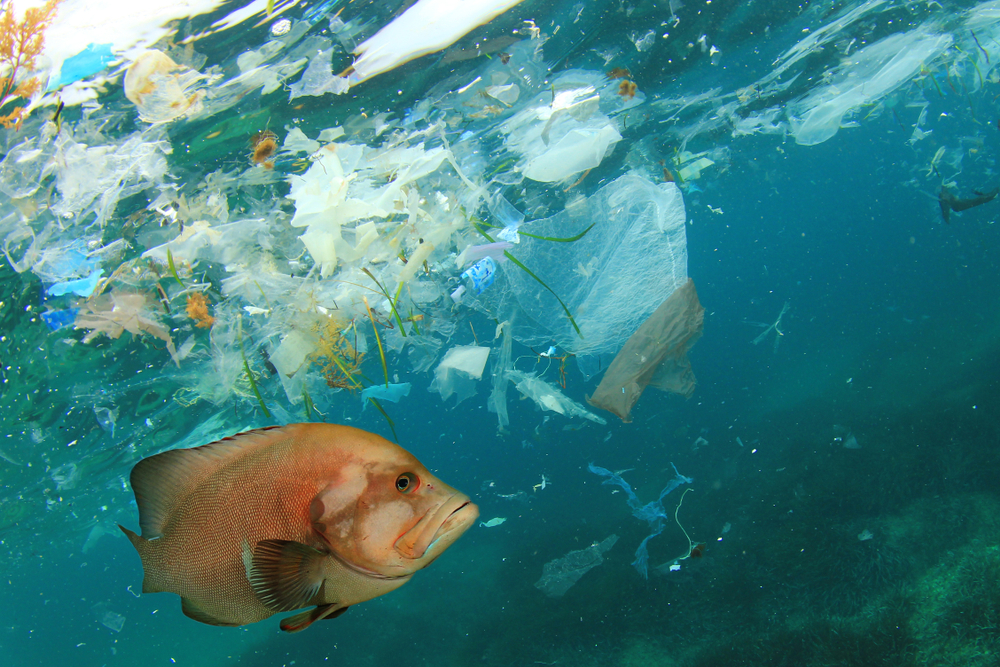Microplastics in the Ocean Now Outnumber Stars in Our Galaxy — Let’s Fix This!
Space. The final frontier. A vast, unyielding stretch of stars, unknown planets, black holes, and other miracles of physics that have captivated us since the dawn of humans, yet we still know so little about it. In the Milky Way galaxy alone, there are an estimated 100-400 billion stars. How mind boggling is it then, that there are currently more microplastics in our ocean than stars in our galaxy? According to the recently launched Clean Seas campaign, there may be as many as 51 trillion microplastics in our ocean. That’s not quite as captivating as outer space — it’s actually pretty terrifying.
If you are unfamiliar with microplastics, they are tiny, often microscopic plastic particles that can be found in everyday personal care items like body wash, toothpaste, and face scrubs, as well as other objects like fleece clothing, tires, and packing materials. They can also come from larger plastic materials that have started to break down. Microplastics may be small, but they will never go away — and they are incredibly dangerous. According to the Plastic Oceans Foundation, “when broken down into tiny pieces, plastic attracts toxic chemicals released over decades from industry and agriculture, the concentration of which increases as they move up the food chain.” This has an adverse physical and neurological effect on many marine species, who are at risk of having their digestive tracts blocked by microplastics and of having microplastics make their way into their bloodstream, which may eventually cross the blood-brain barrier. Some studies have even shown that deep regions of the ocean actually contain huge sinks of microplastics.
We can no longer stand idly and allow our rampant plastic consumption to harm our planet — and thankfully, the United Nations is taking a stand. At the Economist World Ocean Summit this past Thursday, they launched an unprecedented campaign, called Clean Seas, against microplastics and the excessive use single-use plastics such as water bottles, plastic straws and utensils, and plastic bags. According to Erik Solheim, the Executive Director of the United Nations Environmental Programme (UNEP), “Plastic pollution is surfing onto Indonesian beaches, settling onto the ocean floor at the North Pole, and rising through the food chain onto our dinner tables. We’ve stood by too long as the problem has gotten worse. It must stop.”
We’re with Solheim — and at the moment, so are ten other countries, who will each be taking their own initiatives to dramatically cut down on single-use plastics. Ideally, the UNEP hopes to see countries across the globe eliminate microplastics from personal care items, ban or tax plastic bags, and dramatically reduce all other disposable plastic items by 2022. We applaud the UNEP for making great strides for a world where plastic consumption is not so out of control.
Whether or not we can depend on the United States to make the commitment to cut down on plastic is up in the air, but regardless of what our current administrationchooses to do, we can still make an impact by changing our personal habits. It can be as easy as making simple, everyday switches such as remembering to bring a reusable tote for shopping and swapping single-use coffee cups and water bottles for reusable options.

